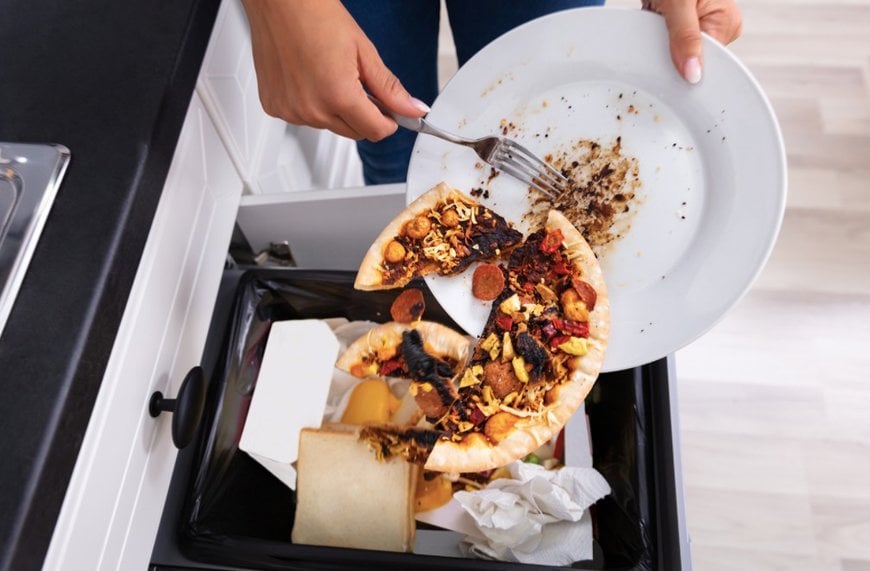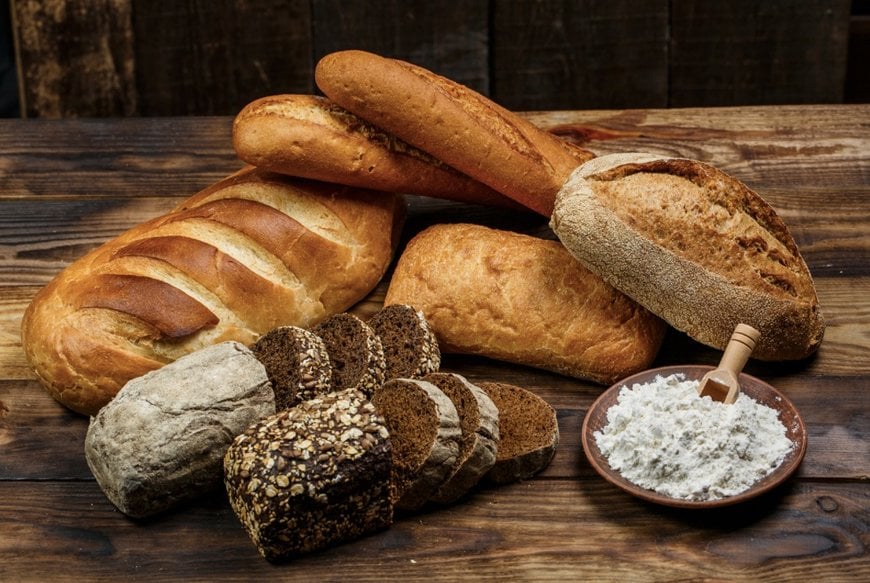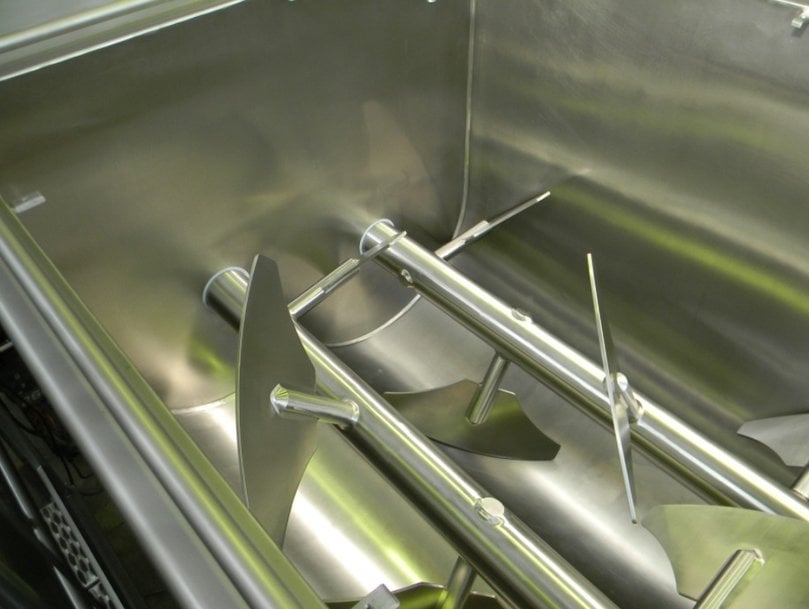www.magazine-industry-usa.com
06
'21
Written on Modified on
Artificial intelligence for reducing food waste
In Germany, around twelve million tons of food end up in the trash every year. Over 30 percent of that is already destroyed in the production process.

In the Resource-efficient Intelligent Foodchain ("REIF") project, the Fraunhofer Insti-tute for Casting, Composite and Processing Technology IGCV is working with partners to combat this food waste. In this undertaking, artificial intelligence can be a valuable asset. Cheese, bread, meat, and other food products can be efficiently produced using data-based algorithms. Machine learning methods can optimize sales and production planning as well as process and plant control systems.
Germany has committed to the United Nations' goal to reduce food waste by half by the year 2030. Up to twelve million tons of food end up in the trash in our country, and that’s along the entire value chain, from farm to table. Some 52 percent of waste accumulates in domestic households. The data came from a study conducted by the Thünen Institute in 2019 (see link below). But the study also revealed that around 30 percent of losses occur as early as the food production and processing phase. The other 18 percent is accounted for by wholesale and retail. The REIF project has 30 partners working on a long-term solution. The primary focus is designing an AI ecosystem, which includes the participants at every step of the value chain. The project is funded by the German Federal Ministry for Economic Affairs and Energy (BMWi) to the tune of ten million euros.

Bakery products are among the foods that too often end up in the trash.
Minimizing overproduction and avoiding waste
There are various causes for avoidable waste, ranging from overproduction to fluctuations in raw materials' quality to the food failing to fulfill specific aesthetic requirements. The REIF project partners are focusing on dairy, meat and bakery products. Waste occurs with these products mainly because they spoil quickly. “Two aspects are key to significantly reducing food losses in these sectors – minimizing overproduction and avoiding waste,” explains Patrick Zimmerman, a scientist at Fraunhofer IGCV and member of the consortium. He and Philipp Theumer as well as five other colleagues are looking at how a company's internal potentials, such as in plant and machinery or production planning and control, can be optimized to reduce waste using AI methods. “We apply AI to the entire value chain, especially in the production facilities. To do that, we adapt and select the algorithms that are suitable for the respective application,” explains Zimmerman. We look at the predictability and controllability in all areas – from production on the farm to sale in the supermarket – to optimize their potential. “Overproduction and waste can be avoided by making targeted forecasts on food requirements, improving the predictability and controllability of the value creation processes and reducing quality-related food loss,” adds Theumer.
However, the potentials are highly diverse. Zimmermann explains this using a meat mixer as an example. “The temperature and duration of the mixing process influences the expiry date of meat products. If we use AI algorithms to minimize the amount of energy admitted to the mixing process, we can extend the expiry date, which in turn optimizes the selling time in the supermarket and reduces food losses.” At a system level, the highest amount of food waste occurs at power-up. This is because the optimum parameters have to be identified first, and therefore waste is produced in the meantime. “As an example, we are applying intelligent sensors and self-learning AI algorithms to perfect the foaming process during the production of cake bases at the first attempt,” explains the researcher.

Industrial meat mixer.
Linked information for all steps in the food chain
In the long-term, the REIF project partners are looking to establish an IT ecosystem and set up a virtual marketplace. In the future, companies will be able to provide the AI-algorithms they implemented to all participants on this platform. Another aim is to network the data of all companies involved in the project to enhance the added value within the food industry's complex value network. “One company's expertise can be transferred to another organization. The more data is made available, the better the AI model can be trained.”
The online marketplace is where the project partners can swap their data. Ultimately, production companies can better control their manufacturing processes by benefiting from sales figures' sales forecasts. The data collected by supermarkets will be included in the forecasts. If we bring together a range of factors like customer behavior, inventory levels and expiry dates, we can make dynamic price adjustments on specific products in supermarkets. “The continuous, daily price adjustment will avoid the drastic price slashing we are used to seeing shortly before the expiry date and prolong the selling time. Consequently, a product is more likely to be bought before it's passed for disposal and the overall profit also increases,” says Zimmermann, explaining the principle of dynamic price adjustment.
This locks in maximum profit for the retailer while reducing waste and overproduction. The entire delivery chain benefits from the idea of sharing information, which also includes external data. “If the weather report is good, supermarkets sell a lot of barbecue meat. Meat producers can adjust their slaughter volume accordingly and, vice versa, run-down production in poor weather,” says Zimmermann explaining the IT ecosystem concept. And the end customer would also benefit: In poor weather, the price of barbecue meat could be reduced at an earlier time, saving it from sitting on the shelf. Prediction systems such as these could also be offered over the online platform.
The project partners are currently in the concept phase, the first practical tests are set to start soon.
www.fraunhofer.de

